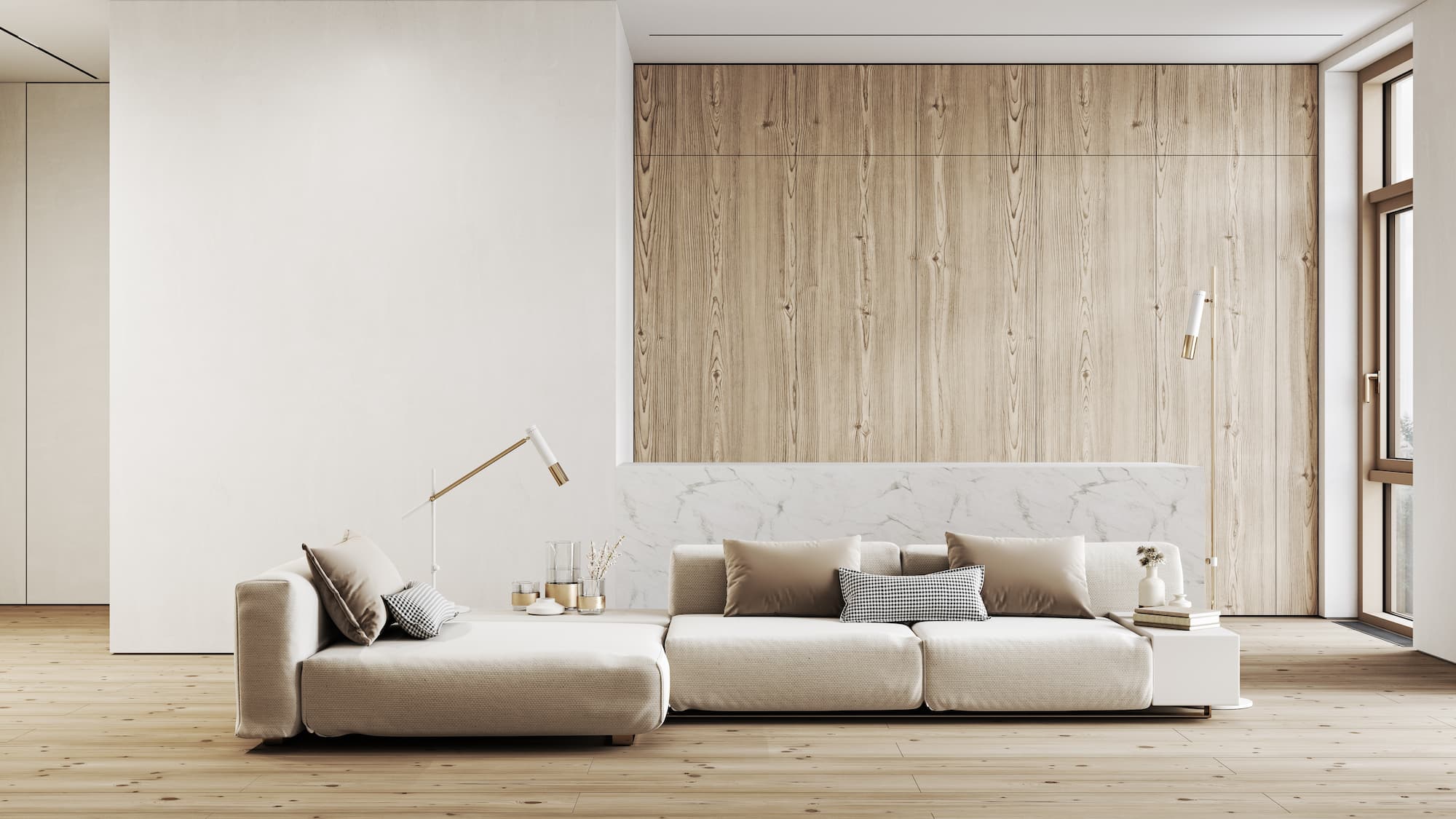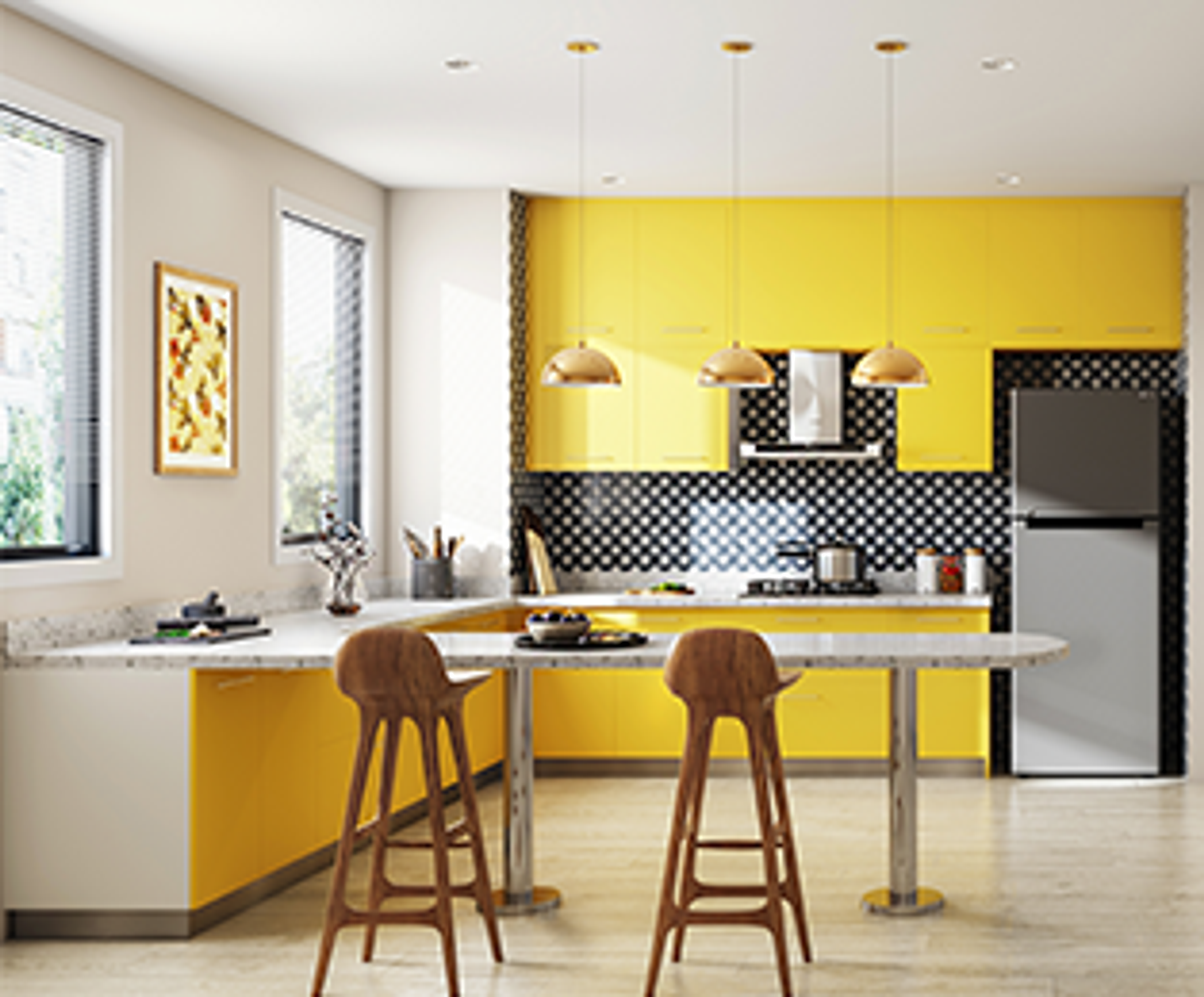Work with experts in miami luxury interior design for high-end home and commercial projects.
Work with experts in miami luxury interior design for high-end home and commercial projects.
Blog Article
Change Your Home With Important Principles of Interior Decoration and Aesthetics
By understanding the effect of shade concept and the relevance of structure and patterns, one can produce rooms that are not only aesthetically enticing but additionally deeply personal. Attaining this equilibrium entails even more than mere decor; it encompasses a tactical arrangement and a keen understanding of just how each element interacts within a space.
Recognizing Shade Concept
Color theory is a basic facet of interior layout that dramatically affects state of mind, perception, and total aesthetic. Comprehending the concepts of shade theory permits designers to produce rooms that resonate emotionally with occupants while fulfilling practical requirements (miami luxury interior design). Shades can be classified right into 3 main types: primary, secondary, and tertiary. Each group plays a crucial role in establishing harmony within a space.
The mental impact of shades is extensive; cozy colors such as reds and oranges evoke energy and heat, while trendy tones like blues and greens advertise peace and harmony. The usage of complementary shades boosts visual passion, developing striking contrasts that can elevate a room's allure.
Neutral shades, on the other hand, work as a functional backdrop, permitting various other style aspects to shine. It is important to think about variables such as lighting and the room's function when selecting a shade scheme, as these can modify the assumption of shades throughout the day.
Ultimately, a well-considered color system can change a space, fostering a sense of comfort and style that lines up with the occupants' choices. Proficiency of shade theory is, consequently, a vital skill for any type of interior developer aiming to develop unified and inviting environments.
Attaining Balance in Layout
How can developers attain a feeling of equilibrium in their rooms? Attaining balance in design is fundamental to developing harmonious insides. Designers can utilize three primary types of balance: balanced, unbalanced, and radial. Balanced balance includes organizing aspects equally around a central point, fostering a sense of order and tranquility. This type usually includes pairs of furnishings or artwork, improving aesthetic security.
Unbalanced balance, on the various other hand, relies upon differing components that still accomplish a natural appearance. This approach permits more vibrant and casual arrangements, providing interest while keeping balance. By very carefully picking differing dimensions, shades, and textures, developers can create a visually compelling area that really feels balanced yet energised.
Radial balance stresses a central centerpiece with aspects radiating outside. This style is commonly seen in round layouts, where furnishings and style create a natural surround that draws the eye inward.
Inevitably, attaining balance calls for thoughtful consideration of range, proportion, and the relationships in between components. miami luxury interior design. By masterfully using these balance principles, designers can change areas right into environments that really feel both aesthetically pleasing and functionally unified, boosting the general experience for residents
Importance of Spatial Recognition

A keen feeling of spatial awareness enables designers to determine prime focus within a space, guiding the viewer's focus to vital features while maintaining an overall sense of unity. It also helps in the tactical placement of lighting, which can significantly affect the perception of room and mood. Understanding spatial look at these guys relationships makes it possible for the designer to provide to the particular requirements of citizens, making sure that each area offers its desired function without jeopardizing visual appeals.
Inevitably, spatial recognition is crucial for maximizing the capacity of any type of indoor area. By meticulously considering the interplay between measurements, design, and function, designers can develop atmospheres that not only satisfy practical needs yet additionally evoke a feeling of convenience and beauty, boosting the find here total living experience.
Integrating Appearance and Patterns
Welcoming a varied variety of textures and patterns can significantly enhance the aesthetic and tactile charm of an indoor space. The critical use different materials-- such as timber, steel, material, and stone-- creates depth and interest, making an area feel more welcoming and dynamic. Combining smooth surface areas with harsh structures can establish an equilibrium that draws the eye and involves the senses.
When incorporating patterns, think about both range and rep. Big patterns can work as prime focus, while smaller sized, subtle styles can match various other elements without frustrating the space. Layering patterns, such as pairing flower pillows with candy striped tosses, adds complexity and a sense of consistency if performed thoughtfully.
It is also important to keep a cohesive shade combination, ensuring that structures and patterns interact instead of compete for interest. By picking a few vital structures and patterns, you can develop a combined aesthetic that mirrors your individual style while improving the overall setting of the area. Inevitably, the careful incorporation of these aspects can transform an ordinary room into an advanced atmosphere rich with personality and heat.
Personalizing Your Room
Creating a space that reflects your personality is essential to attaining an absolutely welcoming setting. Customization in interior style permits you to infuse your unique design and interests into your home, changing it from a plain shelter right into a sanctuary that speaks with that you are. Begin by selecting a color palette that resonates with your feelings-- vibrant shades can stimulate, while soft tones use peace.
Integrate art work and design that reflect your interests, whether it be traveling, nature, or abstract concepts. Displaying personal collections, such as publications, pictures, or souvenirs, can stimulate cherished memories and develop focal factors within an area. Additionally, take into consideration tailoring practical pieces, like upholstered furniture, to align with your visual choices.

Verdict
Finally, the improvement of a home via the important concepts of interior decoration and aesthetics demands a detailed understanding of shade click here to find out more theory, balance, spatial awareness, appearance, and customization. Each aspect contributes significantly to producing an unified and functional living setting - luxury interior design. By thoughtfully incorporating these concepts, individuals can enhance the visual allure and emotional vibration of their areas, eventually cultivating a home that mirrors unique identities while providing convenience and functionality
Report this page